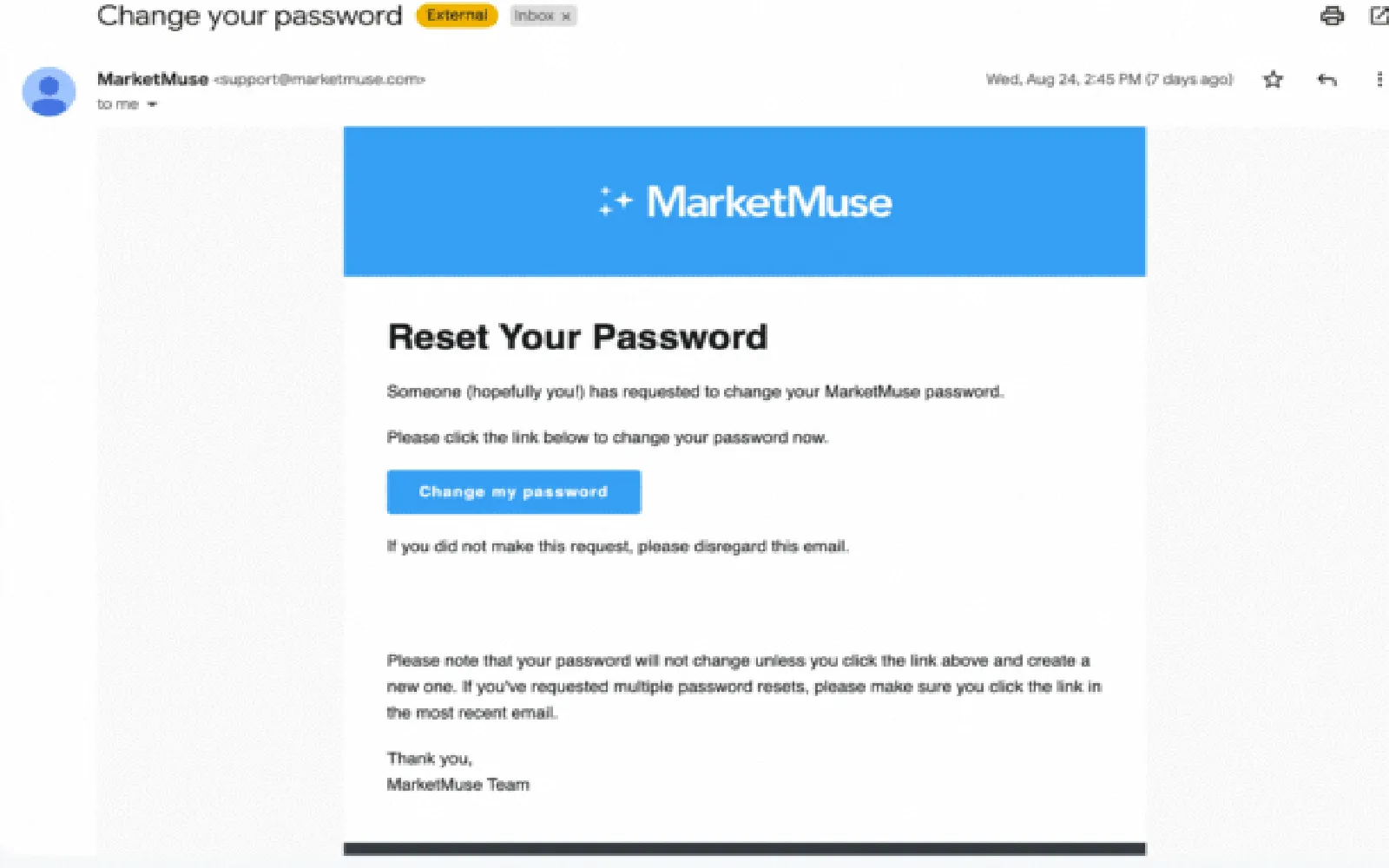Transactional emails are often misunderstood as solely the domain of developers, but they play a crucial role in the broader marketing landscape. These emails are not just for confirming purchases or sending receipts; they can also be leveraged for engagement and brand recognition. Understanding how to effectively utilize transactional emails can enhance customer experience while improving business metrics.
What are Transactional Emails?
Transactional emails are automated messages sent to individuals following specific actions, such as making a purchase, signing up for a newsletter, or resetting a password. Unlike promotional emails, which are designed to encourage sales, transactional emails deliver crucial information that the recipient is expecting. This makes them a powerful tool for businesses looking to engage customers and reinforce brand loyalty.
Key Characteristics of Transactional Emails
Transactional emails have several defining characteristics that set them apart from traditional marketing emails. Here are the primary features:
| Characteristic | Description |
|---|---|
| Triggered by Action | Sent automatically based on user actions. |
| Highly Relevant | Provides information that the user is expecting. |
| Higher Open Rates | Typically sees higher engagement compared to promotional emails. |
| Branding Opportunity | Can be customized to reflect the brand's identity. |
The Importance of Transactional Emails in Marketing
While transactional emails serve essential functions, they also present an opportunity for brands to enhance customer relationships. Here are some reasons why businesses should prioritize transactional emails:
- Improved Customer Experience: By providing timely and relevant information, businesses can enhance the overall customer experience. For example, a well-designed order confirmation email can reassure customers that their purchase was successful.
- Increased Brand Recognition: Transactional emails can be customized to include branding elements such as logos and color schemes, which helps reinforce brand identity.
- Cross-Selling and Upselling: These emails can include recommendations for related products or services, encouraging customers to make additional purchases.
- Higher Conversion Rates: Since these emails are expected by recipients, they often see higher open and click-through rates, leading to improved conversion rates.
Best Practices for Designing Transactional Emails
To maximize the effectiveness of transactional emails, businesses should consider the following best practices:
1. Personalization
Utilizing the recipient’s name and relevant details can create a more personalized experience. For instance, if the email is confirming a purchase, including the product name can enhance engagement.
2. Clear Call-to-Action (CTA)
Even though transactional emails are primarily informational, having a clear CTA can guide users towards the next step, whether it’s to track their order or explore related products.
3. Mobile Optimization
With a significant number of users accessing emails via mobile devices, ensuring that transactional emails are mobile-friendly is critical. Responsive design can significantly enhance user experience.
4. Consistent Branding
Incorporating consistent branding elements helps to reinforce brand identity. This includes using a recognizable logo, color scheme, and tone of voice that aligns with your overall brand strategy.
Measuring the Success of Transactional Emails
To determine the effectiveness of transactional emails, businesses should track various metrics, including:
| Metric | Description |
|---|---|
| Open Rate | The percentage of recipients who open the email. |
| Click-Through Rate (CTR) | The percentage of recipients who click on links within the email. |
| Conversion Rate | The percentage of recipients who complete a desired action, such as making a purchase. |
| Unsubscribe Rate | The percentage of recipients who opt out of receiving future emails. |
By analyzing these metrics, businesses can refine their transactional email strategies and ensure they are effectively meeting customer needs.
Conclusion
Transactional emails are far more than just a technical requirement for developers; they offer an invaluable opportunity for businesses to enhance customer engagement and drive revenue. By understanding their significance and implementing best practices, companies can transform transactional emails into a powerful marketing tool. Embrace the potential of transactional emails today and watch your customer relationships flourish!





